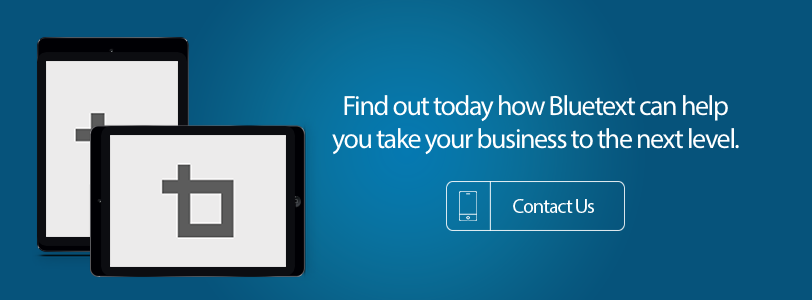Many enterprise companies and organizations have marketing programs to talk about their products and services with their customers, and rely on those types of product marketing assets to reach their target audiences. That information is important, but it’s missing an essential element in the customer journey—developing a connection with the audience that will last beyond the one transaction.
Digital marketing firms know that building a strong customer relationship is as much about storytelling as it about the product or service. At Bluetext, we work with our clients to develop more than just a story they can tell. We want our clients to elevate that narrative to what we call a Signature Story.
What’s the difference?
A story as most of us understand it is pretty formulaic. It has a beginning, middle and end, and uses facts and anecdotes to paint a picture of the value that a brand is bringing to the market and its customers. We often recommend that our clients change up the order of the narrative, starting with a strong conclusion, placing proof points and examples in the middle, and ending by reinforcing that conclusion. But to take it up another notch and become a central ingredient for the brand, a Signature Story is needed.
Put simply, a Signature Story is a narrative that includes a strategic message and allows a company or organization to grow by enhancing its brand promise, its customer relationships, its business strategy and the strengths of its organization. It should be authentic and intriguing in order to grab attention, and tell a story that quickly and succinctly elevates the brand in the eyes of the target audience. It should be thought-provoking, interesting, entertaining if possible, and should paint a compelling picture in the eye of the customer. Finally, it must be authentic in the sense that it must ring true to brand and not be viewed simply as a marketing ploy. It doesn’t need to be entirely based on facts, but it must be in the spirit of a true story.
Signature stories are critical assets, can provide inspiration and insight both inside and outside of the organization, and can be leveraged over time. The challenge is to identify that core story, and to make it a part of the marketing mix.
A strong example of a Signature Story is the clothing retailer Nordstrom, known for its exceptional customer service and commitment to making it right by the client. As the story goes, a secret shopper in the employ of the parent company visited a Nordstrom store that had previously been on the same location as a store that also sold tires. The secret shopper appeared with a used tire and asked to return it for a refund to the now Nordstrom store. The sales clerk, after perhaps a moment of hesitation, took the tire and provided a refund. The clerk knew that Nordstrom’s reputation for service was the most important element of the brand, and out-weighed the obvious fact that the tire didn’t come from that store.
More important is that it reflects Nordstrom’s key values in a compelling and thought-provoking way, and strengthens is brand values.
Or consider L.L. Bean, the iconic outdoor equipment manufacturer in Maine with a long and colorful history. As told in an article in Brand Quarterly earlier this year, L.L. Bean could be content to portray its culture just by talking about its high-quality merchandise. But, “stating such facts is unlikely to create interest, credibility or even a connection to L.L. Bean.”
Instead, the company tells the story of its founder, Leon L. Bean, an avid outdoorsman, who returned from a hunting trip in 1912 disgruntled because of his cold, wet feet. Undaunted, he developed a new boot by stitching lightweight leather tops to waterproof rubber bottoms. He found that his new design worked so well he offered them for sale via mail order, sending out notices to lists of Maine hunting license holders.
But here’s where this tale becomes a Signature Story: After discovering that most of the first 100 pairs sold had a stitching problem and leaked, L.L. Bean refunded the customers’ money despite the fact that it almost sent him into bankruptcy. He then went about fixing the process so that future boots were indeed watertight. This story communicates the L.L. Bean brand value fare more effectively than simply talking about its quality in a vacuum.
Here are the elements of a Signature Story:
The Message Must Link to the Brand. It should speak to the customer relationship and the business strategy, and it should enhance the brand’s visibility, image, personality, relevance, and/or value proposition.
It Should be Intriguing and Provocative. Elements to consider include some combination of thought-provoking, novel, provocative, interesting, informative, newsworthy, or entertaining to the audience.
Authenticity is Essential. Key audiences cannot perceive the story to be phony, contrived, or a transparent selling effort, and there should be services and programs to back up the main message.
It Should Draw in the Audience. If the story is interesting and engaging, it is more likely to result in an emotional connection and response by the customer.
